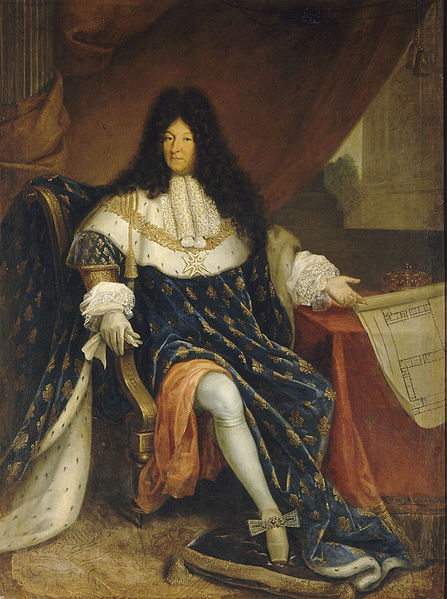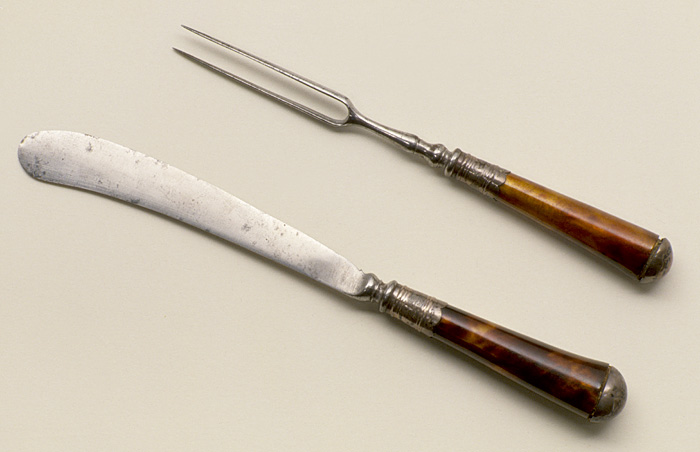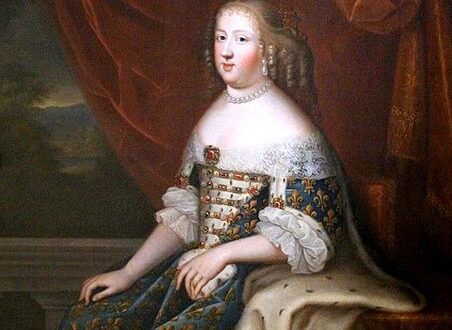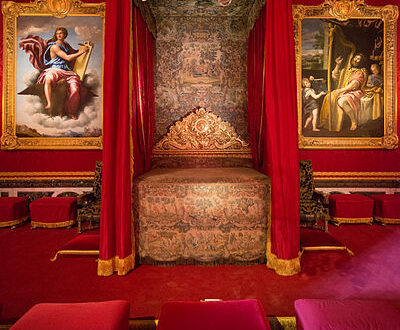Dining with the Sun King….. Table Etiquette
Etiquette, those terribly complicated rules of how to do basically anything, ruled the French court just like the Sun King in person. There was a rule for everything and every rule had some sort of exception. Learning all of this would be for us today like preparing for some sort of exam one’s life depends on, but back then the nobles of the court grew up with those rules and for most those things were as natural as breathing.

Dining, no matter if at court or in a private house, came with plenty of rules that depended a little on the setting and situation. Among friends, etiquette was of course a little more lax than when banqueting with the King, but there were still things that when done wrong could cause a proper scandal. So, let’s have a look at some things that must be observed under any circumstance.
Starting with the hat. While a gentleman would always take his head off when following a dinner invitation in a private house, or Hôtels as they were called, a palace did count as a public place, like a street. Therefore the gentleman would keep his hat on in the palace, but take it off upon entering certain parts of it, like private rooms. The hat also needed to be removed when it presence of the King…. mostly. There are exceptions here and one exception involves dining. While the hat was generally taken off in presence of the King, and only he would wear a hat then, at dinner all gentlemen wore a hat apart from the King. If a gentleman was then addressed by the King, he would take his head off when giving his reply.
Of course, one could not simply sit were one wanted. Where one was seated depended on birth, rank and favour. Birth counting for more than rank here, for one could be born noble or become noble. Those born noble of course had better seats, but not in random order. Old noble houses counted for more than younger ones, but even then it was again sorted according to title and status. An Ambassador, for example, when invited to supper, would be seated in a place of honour, because he represented a foreign Monarch.
Once seated, one would, depending on one’s level of thirst, notice sooner or later that no such thing as a goblet or glass can be seen on the table. Each person had, of course, an own drinking vessel, which were either provided for by the host or had to be brought, but in any case had no place on the table. They were put on side tables and when one had a thirst, one had to let it be known to one’s servant, who would then pour a drink and offer the glass on a tray. Requesting a drink loudly was a no go and seen as very bad manners, so it had to be performed as discreet as possible in order not to cause wrinkled noses. The glass could under no circumstance be put on the table, it had to be handed back to the servant, preferably empty. This rule applied to the King as well. When he felt a thirst, he would say so, quietly, after which it was thus announced loudly. Vin pour le Roi. A glass was poured and offered to the King, for the King never reaches for such things himself, they are presented and offered. The King would empty the glass and return it.

Before the meal, small bowls were offered in which one could clean ones fingers, but under no circumstance was it allowed to use the same bowl the King or someone of higher rank used, unless specifically invited to do so.
Another thing one would look in vain for when eating in company of the King are forks. Louis XIV was not fond of forks at all and even encouraged his children not to use them. Forks were no new invention, but compared to those we use today, they looked more like carving forks, having only two long prongs.
They could technically be used as weapons, just like knives…. Knives were allowed and used, but their ends had to be blunt and round. Cardinal Richelieu already tried to introduce this fashion in 1637, because he was annoyed by his guests picking their teeth with their knives. Louis XIV then ordered that all dinner knives must be round ended and dull in 1669. This also applied to knives that were carried on the streets. Thus one would eat with a spoon and a round and dull knife, and the fingers. Licking the fingers clean or cleaning them on the tablecloth was a no go, they were to be cleaned on the serviette. Meat and bread was never to be torn and only cut with the knife.
Elbows on the table were the height of bad manners and the same applied to blowing at one’s soup, or eating so much one developed a hiccup. Something that was considered bad manners too, was to talk about the food that was served, no matter if it was terribly good or terribly bad. One should not talk in a loud voice either or make sounds when eating.
What was eaten depended on the King. It could very well happen that ones favourite dish was presented, but the King waved it away and thus nobody else could have a nibble either. A course ended whenever the King had enough of it and ordered the next to be served. It did not matter whether his courtiers had tasted plenty by then or had just a small bite.





2 Comments
Nancy
I just love live this show,I could watch it over and over.When is the next season??????????????
Ciel
This is all so very specific and fascinating. May I ask how you got all of this information?
Love your site. Thanks.